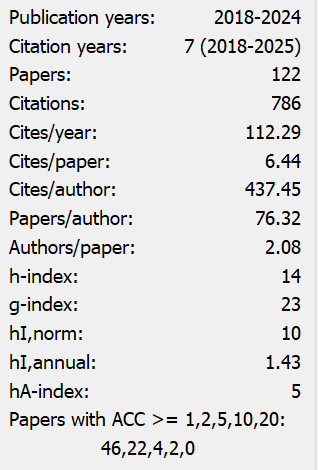Research on the Precision Marketing Strategy of Beixi Organic Grape in Linfen City
Abstract
In recent years, with the deepening of reform and opening up, the consumption level of our people has been increasing day by day. In the past, "having enough to eat" has been difficult to meet the people's high requirements for food. At the same time, the food poisoning happened all over the country, which appeared in the major news media, and the organic agricultural products also came into being. Compared with other eastern coastal cities, the development of organic agricultural products in Linfen City lags behind, and the incomplete industrial system also inhibits the sales of organic grapes. This paper draws lessons from the works of outstanding scholars at home and abroad on organic agricultural products, and uses the professional theory of marketing, so that the research finds that the sales channels of Beixi organic grapes are too single, and there is no effective use of the Internet and other publicity channels. In view of these problems, a practical solution was made for the organic grapes in Beixi, Linfen City, mainly for introducing professional knowledge talents, interacting with local news media, expanding diversified channels, and then achieving accurate marketing.
References
[2] Zabin, J., & Brebach, G. (2008). Precision marketing: The new rules for attracting, retaining, and leveraging profitable customers. John Wiley & Sons Inc.
[3] Smith, W. (1956, July). Product differentiation and market segmentation as alternative marketing strategies. Journal of Marketing, 21, 3–8. https://doi.org/10.1177/002224295602100102
[4] Xiao, J. (2019). Authoritative interpretation of the “Digital Rural Development Strategy Outline”. New Agriculture, 901(16), 9–11.
[5] Zeng, Y., Song, Y., Lin, X., et al. (2021). Discussion on some issues of digital rural construction in China. China Rural Economy, (4), 21–35.

This work is licensed under a Creative Commons Attribution 4.0 International License.
Copyright for this article is retained by the author(s), with first publication rights granted to the journal.
This is an open-access article distributed under the terms and conditions of the Creative Commons Attribution license (http://creativecommons.org/licenses/by/4.0/).


























